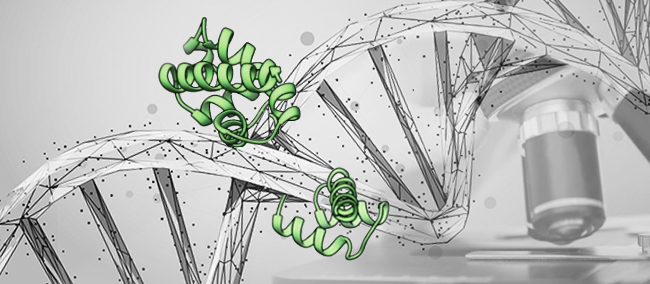
Think of DNA as a thread wound around a spool. It’s packed and wrapped around structures called nucleosomes, resembling beads along the thread. This compact packaging provides organization and protection for the DNA. However, in areas where the DNA is densely packed, it can pose a challenge for proteins attempting to reach it.
Interestingly, there are certain proteins that possess the remarkable ability to access tightly wound DNA. These proteins, known as pioneer transcription factors, have evolved special mechanisms that enable them to navigate through the compacted chromatin and interact with the DNA. How they do this, exactly, isn’t fully understood.
Scientists at St. Jude Children’s Research Hospital wanted to understand how these specialized proteins function and cooperate with the chromatin to make it more accessible. Their study, published in the journal Nature, sheds light on the impact of the epigenetic landscape on the binding of transcription factors. Given that dysregulation of transcription is implicated in various cancers, an understanding of this process holds promise for the development of future therapeutic strategies.
One of the pioneer transcription factors they studied is called Oct4. This protein belongs to the group of Yamanaka factors, which are known for their involvement in cellular reprogramming. Working together with other factors, Oct4 plays a central role in inducing pluripotency, allowing cells to differentiate into various cell types.
Previous studies have shown that Oct4 interacts with naked DNA by wrapping its two domains around it, but its interaction with nucleosomes has been challenging to capture. In this study, the researchers used cryo-electron microscopy (cryo-EM) and biochemistry techniques to investigate Oct4’s interaction with nucleosomes in greater detail.
Expanding upon previous research on the dynamic nature of nucleosomes, the team wanted to investigate how other factors leverage these dynamic changes to gain access to chromatin. Contrary to their expectations, Oct4 did not bind at the anticipated location inside the nucleosome. Instead, it was found bound slightly outside of the nucleosome.
“One of the main findings is that epigenetic modifications can affect transcription factor binding and cooperativity,” said author Mario Halic, Ph.D., St. Jude Department of Structural Biology. “The existing epigenetic state of chromatin can determine how transcription factors will cooperatively bind to chromatin.”
The study result revealed that the initial binding of Oct4 to the nucleosome “fixes” it in a position that enhances the exposure of other binding sites. This, in turn, facilitates the binding of additional transcription factors, highlighting the concept of transcription factor cooperativity.
The researchers also observed that Oct4 interacts with histones, which promotes the opening of chromatin and influences cooperativity. Furthermore, they found that modifications at histone H3K27 impact the positioning of DNA by Oct4. These findings elucidate how the epigenetic landscape can regulate Oct4’s activity, ensuring proper cell programming.
In their research, the scientists utilized genuine genomic DNA sequences to examine the role of transcription factors within their natural context. Their strategy enabled them to uncover that the first binding event of Oct4 repositions the nucleosomal DNA, facilitating the cooperative binding of additional Oct4 molecules at internal sites.
“We observed exciting interactions with histone tails and have seen that histone modifications can alter those interactions.” said author Kalyan Sinha, Ph.D., St. Jude’s Department of Structural Biology, “Histone modifications affect how DNA is positioned and how transcription factors can bind cooperatively, which means in cells, if you have the same DNA sequence, different epigenetic modifications can result in different, combinatorial effects on transcription factor binding.”
Overall, this study offers valuable new insights into the pioneering role of Oct4 and highlights the significant influence of the epigenetic landscape on transcription factor functionality. Different changes in this landscape can determine whether genes are turned on or off.
The researchers improved understanding of gene regulation has significant implications for developing treatments, especially for diseases like cancer. By manipulating the epigenetic landscape and the function of Oct4, scientists aim to advance disease management and treatment strategies.
Source: K. K. Sinha, S. Bilokapic, Y. Du, D. Malik, M Halic. Histone modifications regulate pioneer transcription factor cooperativity. Nature, May 24, 2023.
Reference: Epigenetic landscape modulates pioneer transcription factor binding. St. Jude Children’s Research Hospital. May 24, 2023.
